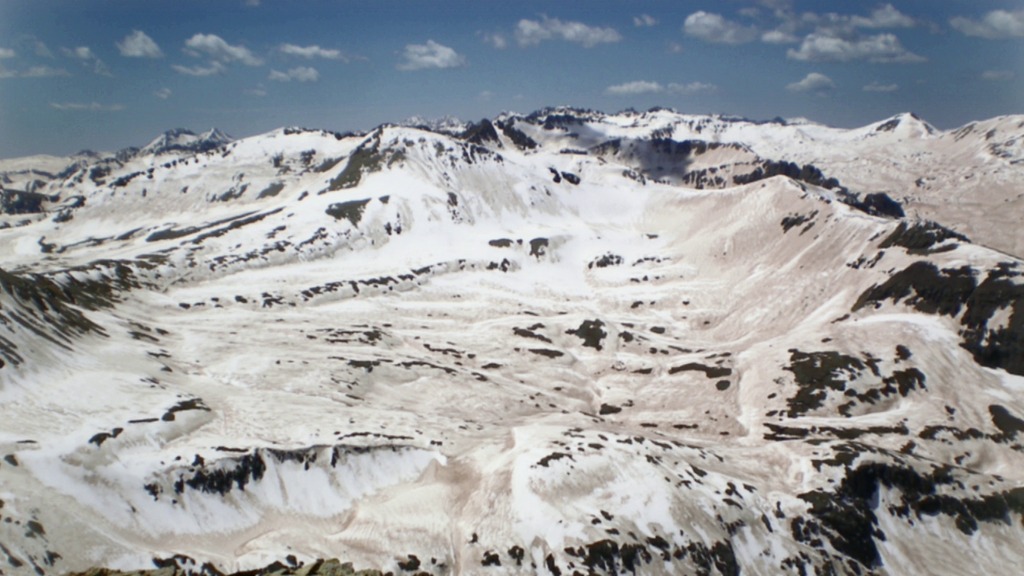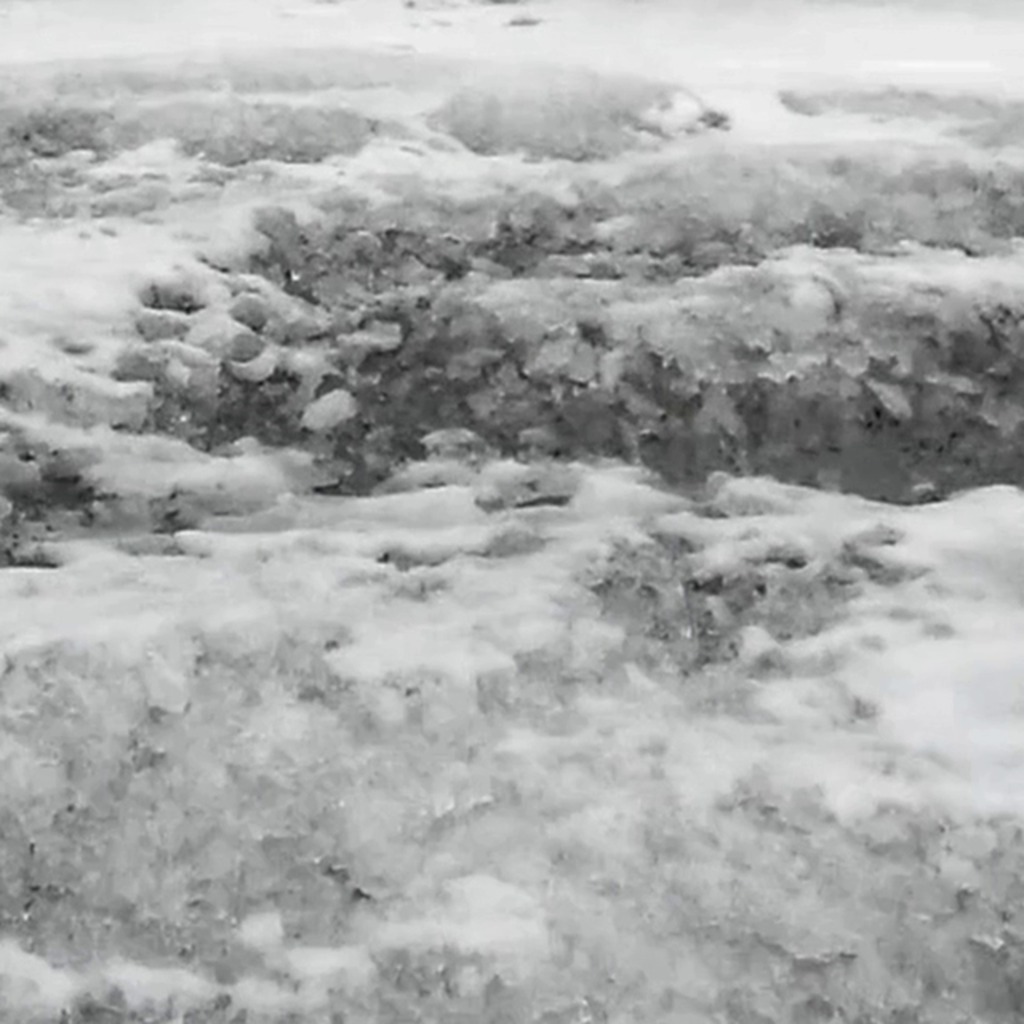Impact of Snow Darkening on Boreal Spring Climate

Figure 1b: This image shows how the reduced albedo of the snow from dust, black carbon and organic carbon (the "snow darkening effect") alters difference in snow water equivalent through increased springtime melt. A colorbar reflects the quantities of the difference.
A recent study by Yasunari et al. (2015) discussed the impact of the light-absorbing aerosol (LAA) depositions on snowpack such as dust, black carbon, and organic carbon on boreal spring climate. They used the 10-year period of 2002-2011 and 10-ensemble NASA GEOS-5 global simulations implemented with the GOddard SnoW Impurity Module (GOSWIM) in order to evaluate the LAA impacts on seasonal snowpack over land in spring. The LAA impacts on snow is known as the "snow darkening effect" (SDE).
Yasunari et al. computed the differences in the 100-year-data mean, called the ensemble mean climatology, with and without SDE cases to determine the impact of SDE on boreal spring climate. Figure 1b shows the SDE impact on snow water equivalent (i.e. snow amount converted to water amount) changes in spring. They also pointed out that the existence of SDE can induce the land surface heating over 15 W m-2 near the snowline by the mean increases of the net shortwave flux (Figure 1c). The heated areas can increase the surface skin temperature by about 3-6 K (see Figure 1d in the original paper).
March-May

Figure 1b: This image shows how the reduced albedo of the snow from dust, black carbon and organic carbon (the "snow darkening effect") alters difference in snow water equivalent through increased springtime melt. No colorbar is shown on this image. Please refer to the colorbar below.

The colorbar for Figure 1b above.

Figure 1c: This image shows how the reduced albedo of the snow from dust, black carbon and organic carbon (the "snow darkening effect") changed net solar radiation at the surface in boreal spring. A colorbar reflects the magnitude of the change.

Figure 1c: This image shows how the reduced albedo of the snow from dust, black carbon and organic carbon (the "snow darkening effect") changed net solar radiation at the surface in boreal spring. No colorbar is shown on this image. Please refer to the colorbar below.

The colorbar for Figure 1C above.

Figure 1b on a flat map with an alternate color scale: This image shows how the reduced albedo of the snow from dust, black carbon and organic carbon depositions (the "snow darkening effect") alters difference in snow water equivalent through increased springtime melt. An alternate colorbar reflects the quantities of the difference.

Figure 1b on a flat map with an alternate color scale: This image shows how the reduced albedo of the snow from dust, black carbon and organic carbon depositions (the "snow darkening effect") alters difference in snow water equivalent through increased springtime melt. No colorbar is shown on this image. Please refer to the alternate colorbar shown below.

An alternate colorbar applied to Figure 1b on a flat map above.

Figure 1c on a flat map with an alternate color scale: This image shows how the reduced albedo of the snow from dust, black carbon and organic carbon depositions (the "snow darkening effect") changed net solar radiation at the surface in boreal spring. A colorbar reflects the magnitude of the change.

Figure 1c on a flat map with an alternate color scale: This image shows how the reduced albedo of the snow from dust, black carbon and organic carbon depositions (the "snow darkening effect") changed net solar radiation at the surface in boreal spring. An alternate colorbar reflects the magnitude of the change.

An alternate colorbar applied to Figure 1c on a flat map above.
Credits
Please give credit for this item to:
NASA's Scientific Visualization Studio
-
Scientists
- Teppei J. Yasunari (USRA)
- William K. Lau (NASA/GSFC)
- Kyu-Myong Kim (Morgan State University)
- Randal D. Koster (NASA/GSFC)
- Kyu-Myong Kim (NASA/GSFC)
- William K. Lau (Earth System Science Interdisciplinary Center, University of Maryland)
-
Visualizer
- Cindy Starr (Global Science and Technology, Inc.)
-
Producers
- Kayvon Sharghi (USRA)
- Joy Ng (USRA)
-
Technical support
- Laurence Schuler (ADNET Systems, Inc.)
- Ian Jones (ADNET Systems, Inc.)
Release date
This page was originally published on Tuesday, July 21, 2015.
This page was last updated on Wednesday, May 3, 2023 at 1:49 PM EDT.
Papers used in this visualization
Datasets used in this visualization
-
GEOS Atmospheric Model
ID: 665
Note: While we identify the data sets used in these visualizations, we do not store any further details, nor the data sets themselves on our site.


